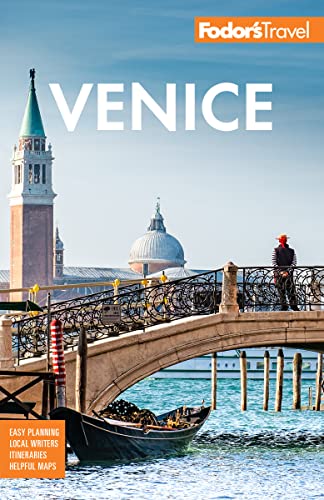What to Shop for in Venice
Colorful Murano glass may be the most obvious thing to shop for in Venice—you can't avoid encountering a mind-boggling variety of it in shop windows, often in kitschy displays, but the city has many other artisan traditions.
Ceramics
Venice may be known for glass, but there is also lovely pottery to be found. Look for replicas of 19th-century chocolate cups, usually cream-white and delicately gilded (not for daily use); pottery from Bassano, typically decorated with reliefs of fruit and vegetables; and some modern, handmade plates and mugs.
Glass
Glass, much of it made in Murano, is Venice's trademark product. Bear in mind that the value of any piece—signature and shape apart—is also based on the number and quality of colors, the presence of gold, and, in the case of goblets, the thinness of the glass. Prices are about the same all over, but be warned: some shops sell glass made in Taiwan. Most shops will arrange shipping.
Goldwork
Venice's passion for glittering golden objects, which began with the decoration in the Basilica di San Marco and later spread into the finest noble palaces, kept specialized gold artisans (called doradori) busy throughout the city's history. They still produce lovely cabinets, shelves, wall lamps, lanterns, candleholders, banisters, headboards, frames, and the like by applying gold leaf to wrought iron and carved wood.
Jewelry
Venetians have always liked gold, and the city is packed with top-of-the-line jewelry stores, as well as more modest shops found, most notably, around the Rialto district. A typical piece of inexpensive jewelry is the murrina, a thin, round slice of colored glass (imagine a bunch of colored spaghetti firmly held together and sliced) encircled with gold and sold as pendants or earrings.
Lace
Burano is the traditional home of Venetian lace-making and, although most of the lace sold in town is machine made in China or Taiwan, you can still find something that more closely resembles the real thing in the best shops. Surprisingly, period lace (made between 1900 and 1940) is easier to find and less expensive than contemporary lace, even though the former is a finer product, made ad ago (with the needle), while the latter is made with thicker threads or a fusello (with the bobbin). Consider that a 10-inch doily takes about 400 hours to make, and the price will reflect it.
Leather Goods
In Venice you'll find a good assortment of leather goods, especially shoes and women’s bags. There are plenty of boutiques selling upmarket designer articles; for less fancy items, explore the areas of Rialto and Campo San Polo.
Masks
The boom in Venetian mask shops started in the late 1970s when the Carnevale tradition was resurrected. Now almost every shop and street vendor offers some version of the mask, in countless sizes, colors, designs, and materials, from cheap, mass-produced ceramics to the original white papier-mâché to more recent ornate designs and handcrafted leather inspired by the Commedia dell’Arte. Prices go up dramatically for leather and gilded masks, and you might come across expensive pezzi da collezione (collectors' items)—unique pieces whose casts are destroyed. You'll get better value direct from producers, so make a point to visit several of the largest workshops.
Paper Goods
In 1482 Venice was the printing capital of the world, and nowadays you’ll find dozens of legatori (bookbinderies) around town. Hand-printed paper and ornate leather-bound diaries make great souvenirs.




